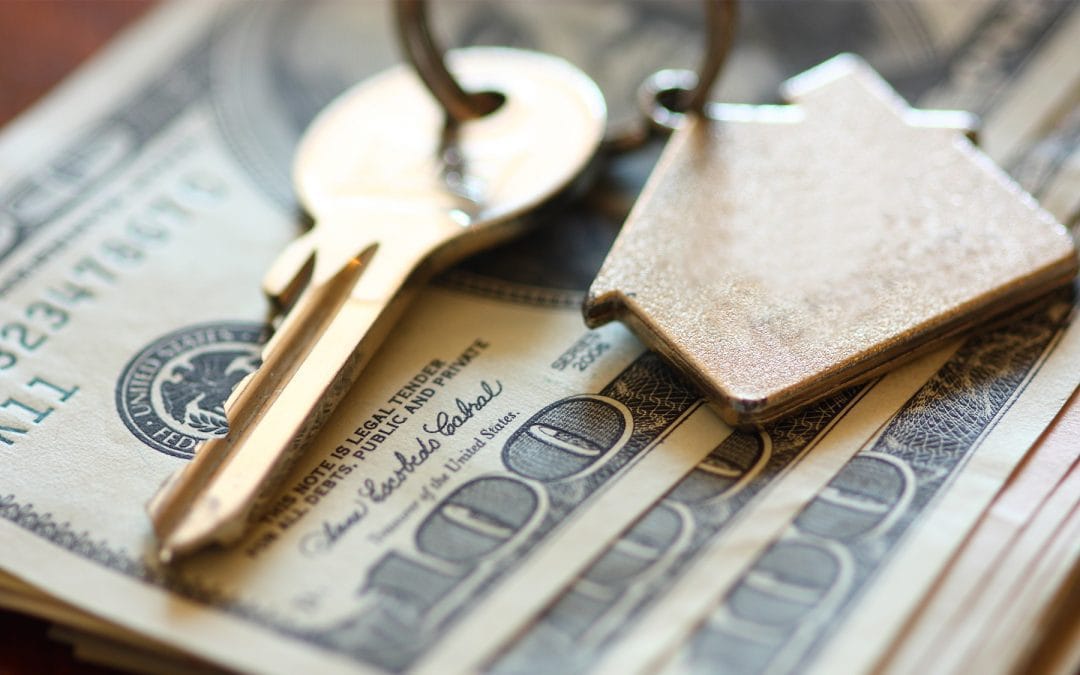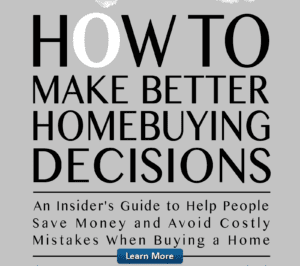Homebuyer Costs Heighten as Affordability Gap Widens
A typical U.S. home was beyond the reach of a median-income household five years ago, and according to a recent Zillow analysis, even if they had $73,000 saved for a down payment, they are currently more than $17,000 short.
Incredible home value increase and rising mortgage rates in recent years have raised the financial bar for homeownership, even though the housing market is more buyer-friendly this spring with more properties for sale and a record number of sellers lowering their list prices. Pressures on affordability have increased interest in single-family rentals while reducing buyer desire.
“Affordability remains a steep hill to climb, especially for first-time buyers,” said Kara Ng, Senior Economist at Zillow. “While the financial bar has gotten higher, we’re also in the middle of the most buyer-friendly spring since before the pandemic for those who can make the finances work. Inventory is up, prices are softening, and sellers are negotiating. To make homeownership more broadly accessible, though, we need lasting solutions, starting with policies that allow more homes to be built in the right places.”
Incredible home value increase and rising mortgage rates in recent years have raised the financial bar for homeownership, even though the housing market is more buyer-friendly this spring with more properties for sale and a record number of sellers lowering their list prices. Pressures on affordability have increased interest in single-family rentals while reducing buyer desire.
How Homebuyers are Faring in Today’s Economy
In today’s economy, if a buyer has $73,594 saved for a twenty percent down payment, they must earn about $100,000 annually to comfortably afford a median U.S. home valued $367,969. Accordingly, a median-income household would require a raise of $17,670. That same household would need a $36,287 pay boost if their savings were only sufficient for a ten percent down payment.
In four large metro regions, all in California, median earnings would require six-figure hikes. A median-income household in San Jose would require a raise of more than $250,000 to afford the average property, even if they had a staggering $330,000 saved for a twenty percent down payment. Additionally, median-income households in San Diego ($128,954), Los Angeles ($149,375), and San Francisco ($165,566) would require six-figure hikes.
Five years ago, there were thirty nine big areas with median incomes that could cover the average mortgage payment; now, there are just eleven. In the Midwest and Northeast, these are often midsize markets. Cleveland’s median earners, who make $11,588 more than the average home’s cost, have the most money to spare. Pittsburgh, St. Louis, and Cincinnati come next with $11,244, $4,897, and $4,396, respectively.
The demand for single-family rentals has been increasing, tenants are getting older, and affordability barriers have become more severe for prospective first-time purchasers. Compared to multifamily units, which saw a thirty percent increase in rent, these residences now rent for forty one percent more than they did five years ago.
Buyers are searching everywhere for a down payment in order to make the financing work. Over fifty percent of purchasers use two or more sources. Savings account for seventy two percent of down payment money, followed by the sale of a prior residence (forty six percent), and a gift or loan from friends or family (thirty eight percent). A down payment aid module is included in Zillow home listings to help buyers know what local resources might be available to them.
To read more, click here.
The post Homebuyer Costs Heighten as Affordability Gap Widens first appeared on The MortgagePoint.

FIRST TIME HOMEBUYERS
Buyer’s Agents Explained
HOMEBUYERS BEWARE! Book Review
This book is an excellent first step in a complicated process.

BEWARE the cards are stacked against you! Get Tom Wemett's book, learn why are different from other
Buying a home is like buying a car, on steroids. It’s the biggest investment you are likely to make so the stakes are incredibly high. I knew that having an agent represent me was a good idea.
What I hadn’t grasped was how important it is to find one who is not connected with the selling side in any way—through an agency that also represents sellers, as most do, at least in Mass. In researching buyer agents, I found Tom through the Mass. Assoc. of Buyer Agents (MABA).
Article From: "Demetria C. Lester" Read full article
Get Started with MABA
For no extra cost, let a MABA buyer agent protect your interests



